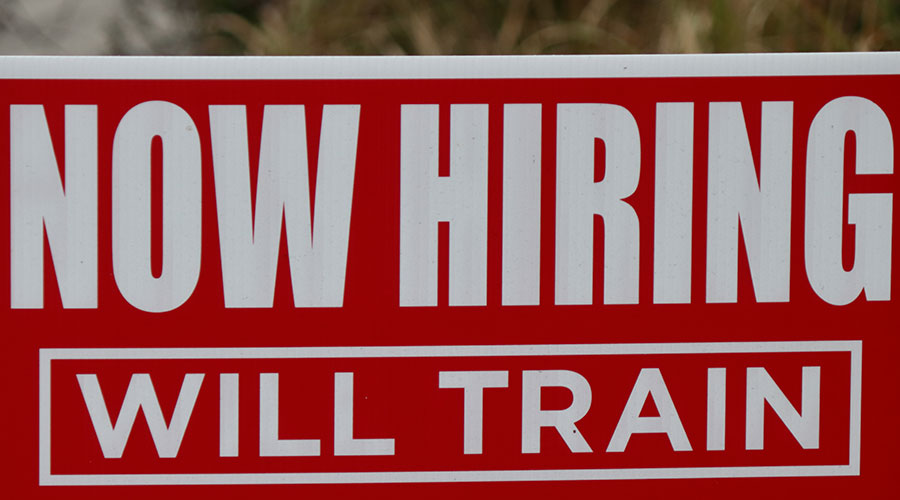The ongoing labor shortage has been difficult for facilities managers to navigate. More and more Baby Boomers are retiring, leaving a knowledge gap – as well as a skills gap – in an industry that so desperately needs more people. Facilities managers are the backbone of operations, and without them buildings can’t operate properly.
Healthcare facilities are unable to shut down operations in the event of a labor shortage. It is essential that healthcare facilities managers begin prioritizing hiring as more employees start to end their careers. Healthcare Facilities Today recently spoke with Melanie Parks, managing director, healthcare division, JLL Work Dynamics on how managers can best support their teams as they navigate labor challenges.
HFT: How can managers ensure operational efficiency despite labor shortages?
Melanie Parks: Technology can be key to creating a more efficient organization. Utilizing technology to capture data that will enable proactive management and problem solving allows for a more effective team. Additionally, building technology can significantly improve the efficiency of a facilities team by allowing for remote monitoring and control. Technology can also help automate workflows for task management, workload assignment and validation of tasks and financial information that flow among different groups.
Related: How Design May Prevent Burnout Within Healthcare Facilities
HFT: What technologies or systems can be implemented to best support teams?
Parks: Technologies such as Energy Management Systems, Computerized Maintenance Management Systems (CMMS), Building Automation Systems (BAS) are excellent choices to improve efficiencies through automation, data analytics and centralized monitoring. These systems can all be integrated through an Integrated Workplace Management System (IWMS) to create a holistic view and optimized programs that promote a comprehensive approach to managing facilities.
HFT: How can managers manage workload distribution in order to prevent burnout amongst staff members and ensure productivity?
Parks: Prioritizing work and ensuring that there is balance among the team along with making sure that staff has the right tools and training needed for their roles are key. Technology and training programs are key to this.
HFT: What long-term strategies can managers consider in order to best address labor issues in facilities management?
Parks: Succession planning, a strong recruiting and retention program and employee recognition programs are solid strategies. These strategies combined with effective use of technology best position organizations for longer term success.
Mackenna Moralez is the associate editor of the facilities market.

 UF Health Hospitals Rely on Green Globes to Realize Their Full Potential
UF Health Hospitals Rely on Green Globes to Realize Their Full Potential How Healthcare Facilities Can Be Truly Disaster-Resilient
How Healthcare Facilities Can Be Truly Disaster-Resilient TriasMD Breaks Ground on DISC Surgery Center for San Fernando Valley
TriasMD Breaks Ground on DISC Surgery Center for San Fernando Valley Bigfork Valley Hospital Falls Victim to Data Breach
Bigfork Valley Hospital Falls Victim to Data Breach AI-Driven Facilities: Strategic Planning and Cost Management
AI-Driven Facilities: Strategic Planning and Cost Management